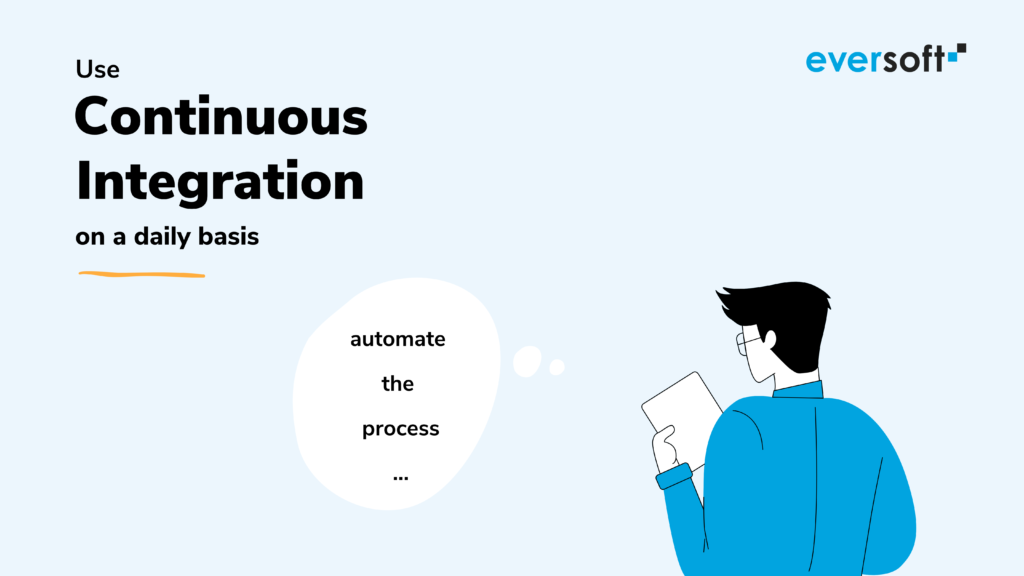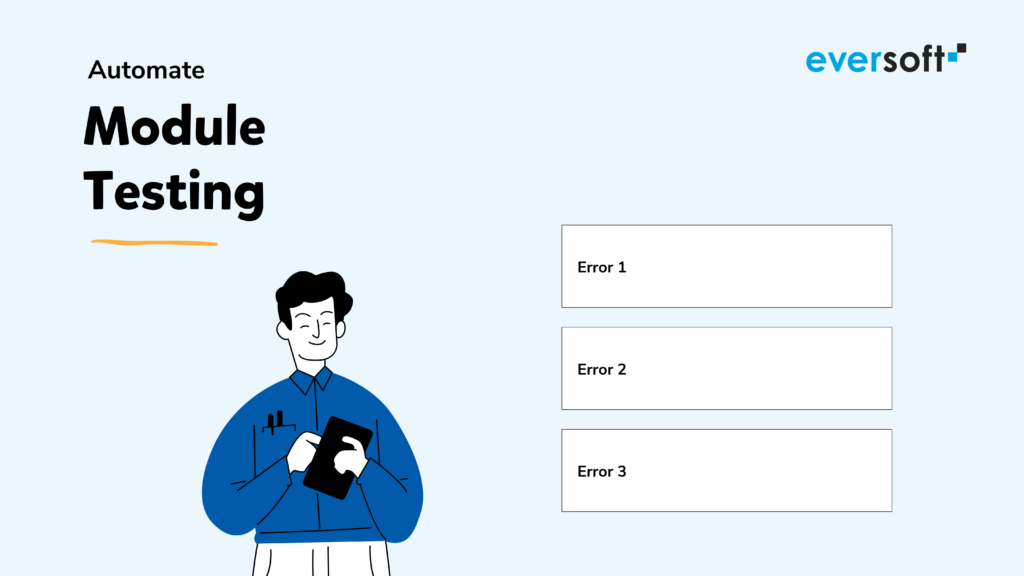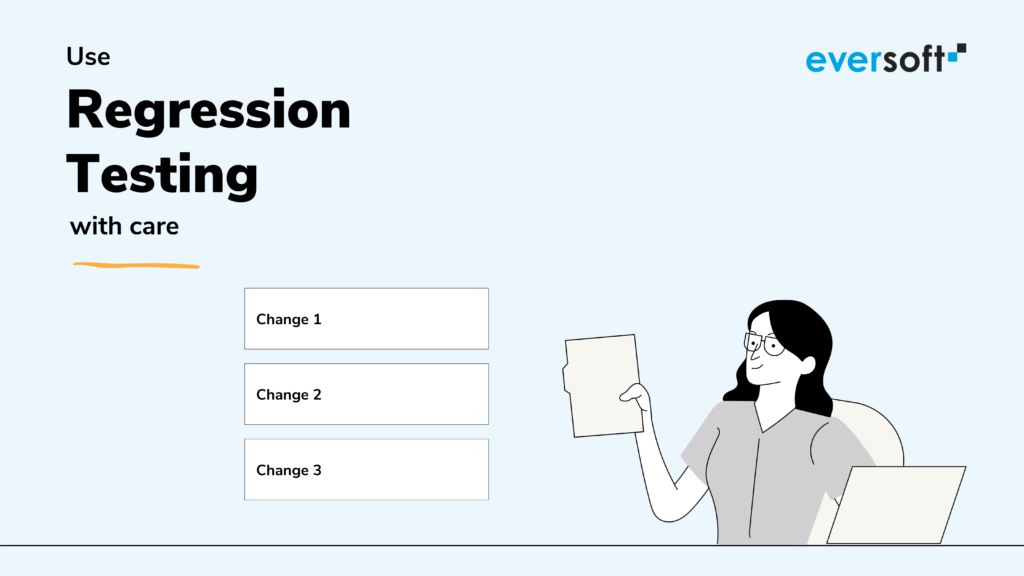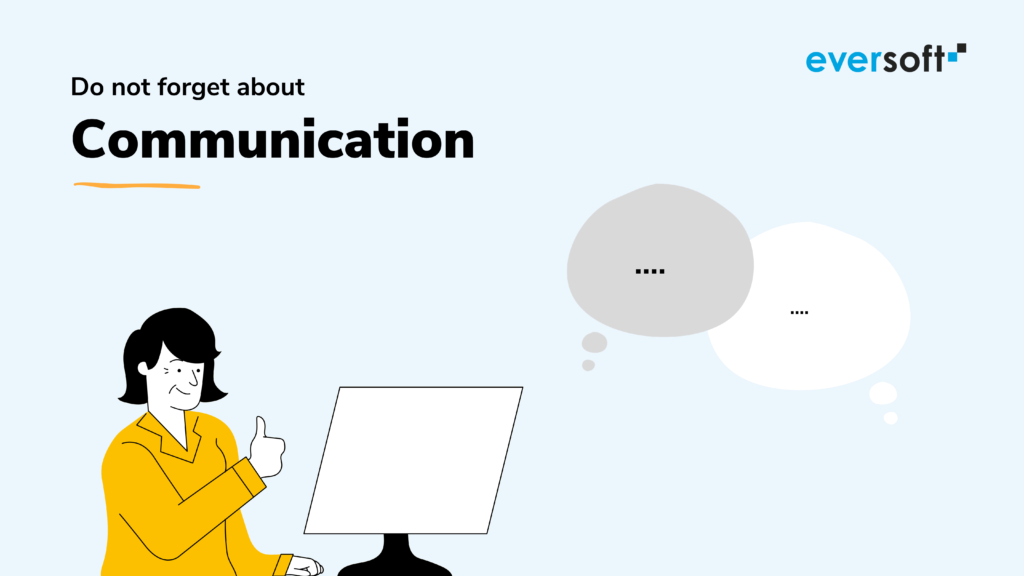The biggest concern for startups: How to organize a software development model when the product is constantly changing?
The current situation on the market demands a high degree of flexibility when running the startup. From the software solution provider’s perspective, it gives an opportunity to be the first to launch a cutting edge product.
On the other hand, most projects require an implementation of complex systems — as a change happens to them there is a need for exact specification, good execution, and frequent tests. Furthermore, a short span of time, which takes from forming a business ideas to launching systems responsible for deploying them, results in a need for the new approach toward modification of these systems. Below you will find 8 simple steps that need to be taken to make sure your ever-evolving project eventually will succeed.
Read more about How to organize a software development model when the product is constantly changing?
How to organize a software development model when the product is constantly changing?
Table of contents:
How to organize a Software Development Model?

1. Choose the right software methodology
Changing requirements in software development is a harsh reality, so it is crucial to choose the right strategy and then stick to it throughout the process. As many examples show, the best fit for that scenario would be Agile. Why? In contrast to the Waterfall methodology, it allows teams to evaluate, re-evaluate, and change requirements for what is being built and how it should work. This approach means that new ideas are always welcomed.

2. Define the architecture
A software architecture is defined as the values, practices, and collaborations that provide a conceptual basis for system development, support, and maintenance. Hence, before every project kicks off the team has to agree on the standards, protocols, and technologies that will be used. There is also always a need to establish what components to build and how to collaborate, not to mention strategic decisions on availability, security, scalability, and performance. It is worth noting that leaving architectural decisions until the last possible moment can affect the speed of the development itself, making it time-consuming and more expensive to add new capabilities to the system in the future.


3. Follow your coding standards
When a software company wants to deliver a fully-fledged product on time, it is essential to set coding standards and follow them until the project goes live. By determining these practical guidelines, developers can improve readability and maintainability of the code, reducing complexity and increasing the overall efficiency of programmers at the same time. Additionally, to make the process as seamless as possible and detect errors at the early stage, programmers tend to incorporate automated testing tools.

4. Use Continuous Integration on a daily basis
Continuous Integration (CI) is defined as a mainly DevOps practice. Contrary to more traditional software development methods which do not dictate the frequency of running an integration, CI obliges developers to integrate code into a shared repository, preferably several times a day. There are numerous tools available on the market (like CruiseControl) that can automate the whole process, allowing the code to stay robust throughout the development.

5. Automate module testing
Module testing is essential when it comes to finding errors before the application testing phase. Instead of analysing the whole application, it allows developers to test smaller blocks, such as software modules or sub-programs. Module testing is defined as being white box oriented, and thanks to parallelism it provides an opportunity to test multiple application modules simultaneously. In order to ease the workload, it is advised to incorporate automated tools for module testing.

6. Use regression testing with care
Regression testing is used to check if new changes made to the software do not impact the functionality of the product. Every time a new feature is added, the test must ensure it does affect other elements. As the project goes on a programmer must reevaluate the necessity of examining every feature – for some elements tests can be made redundant, whereas others could require more attention.

7. Document all changes
As many Agile practitioners often say, documentation should be just barely good enough – but that does not imply it can be neglected. Any change to the code has to be well documented to record all details that are relevant to the project. What is more, using a standardised form is a common practice that helps all stakeholders to keep an eye on progress and make it easy to maintain, enhance, and operate the project later on.

8. Do not forget about communication
An Agile methodology is built around the notion of cooperation and it only generates positive results if the proper communication between the team and all stakeholders is established. Before the project starts it is vital to define the length of the sprints and their frequency. Apart from the formal meetings, there is an urgent need for open and informal communication between business and developers. What is more, to drive innovation while working on the software product, make sure that all members of the team are treated not as an obedient workforce but a vital part of the project.

Related posts:
- Key mistakes in Startup Software Development
-
9 code quality sins made by startups in their software development process
-
How to scale startup software development under time and money pressure




